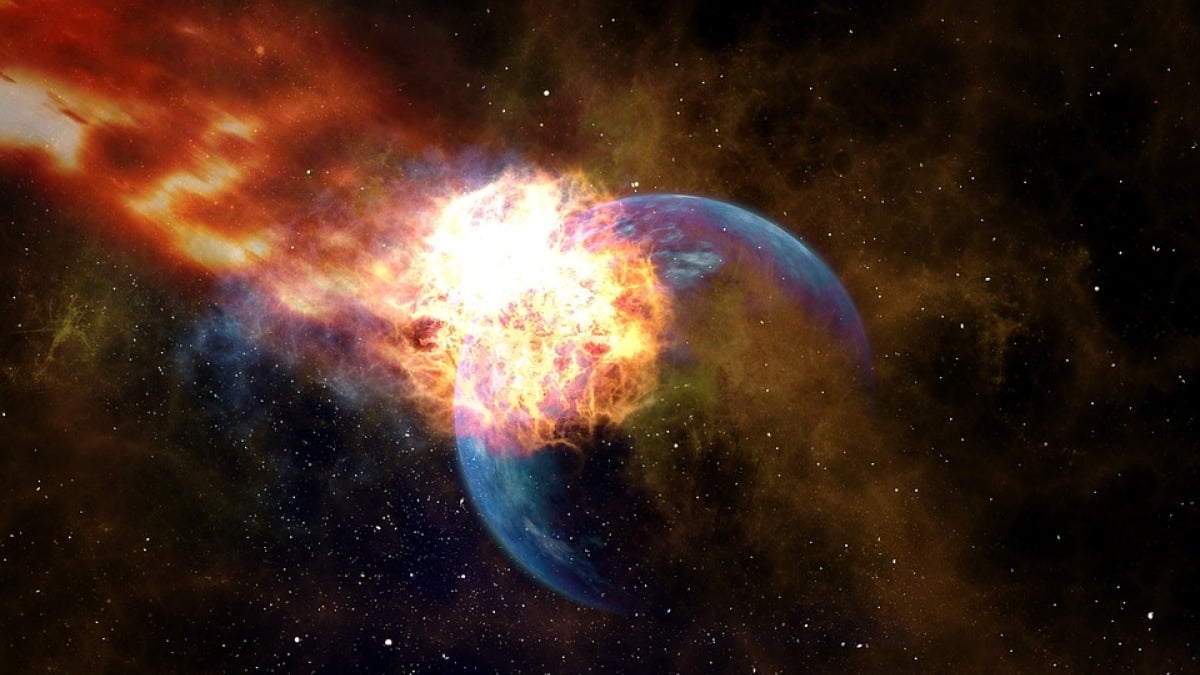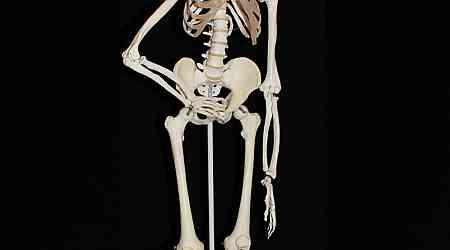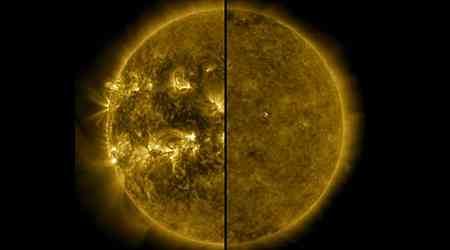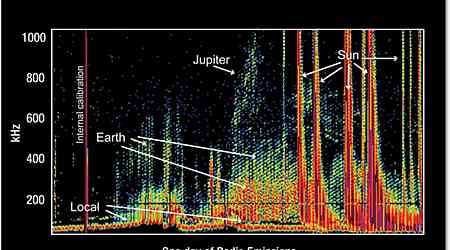The Orionid meteor shower is set to peak this October, providing a stunning celestial display for stargazers. This annual event is associated with Halley's comet, which orbits the sun approximately every 76 years. As Earth moves through the debris left by the comet, we can witness these remarkable "shooting stars" lighting up the night sky. The Orionids will be visible from September 26 to November 22, with the highest activity expected in the early hours of Monday, October 21. During this peak, approximately 23 meteors are anticipated each hour.
Best Viewing Conditions
The best time to observe the Orionids is at around 1 a.m. EDT (0500 GMT) on October 21, when the constellation Orion will be high in the sky. However, this year's viewing conditions may not be ideal due to the presence of a waning gibbous moon, which will provide bright light throughout the night. This lunar brightness could obscure the visibility of many meteors. As a result, while it might be tempting to find a dark location to watch the event, staying at home could yield better chances of spotting particularly bright meteors against the backdrop of the moonlit sky.
Why the Orionids are Unique
NASA describes the Orionids as one of the most visually appealing meteor showers due to their brightness and rapid speed. These meteors enter Earth's atmosphere at about 66 kilometres per second, which is significantly faster than many other meteor showers. The meteors appear to originate from near the red giant star Betelgeuse in the Orion constellation, which is home to some of the brightest stars visible from Earth, including Sirius and Rigel. As we approach the peak of the Orionid meteor shower, enthusiasts and casual observers alike can look forward to a spectacular display, even if viewing conditions are less than perfect this year.
(Disclaimer: New Delhi Television is a subsidiary of AMG Media Networks Limited, an Adani Group Company.)
































